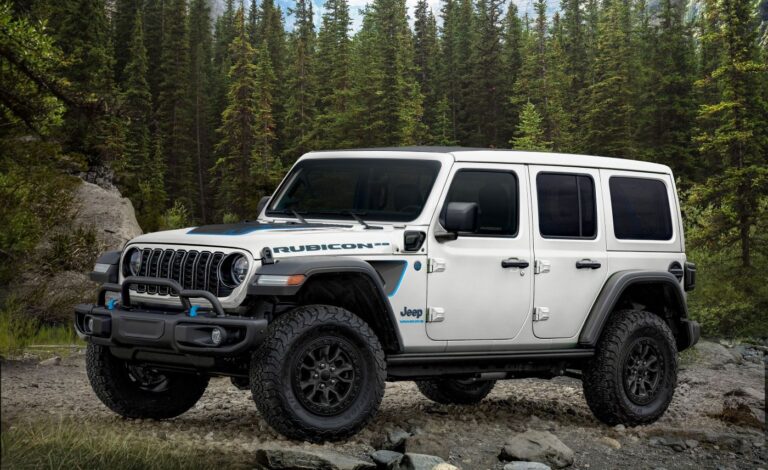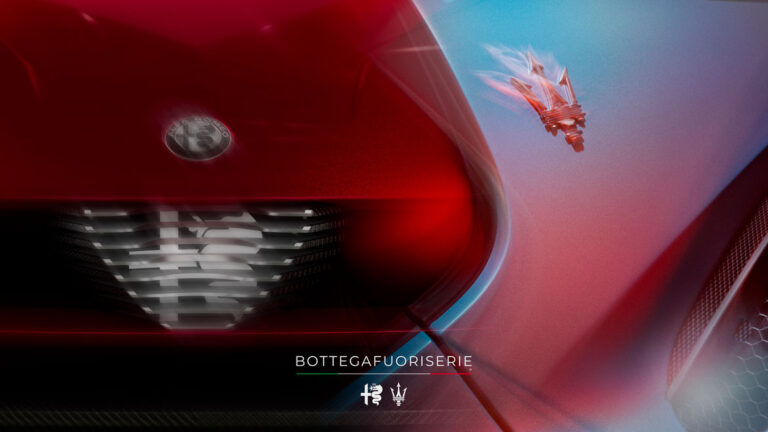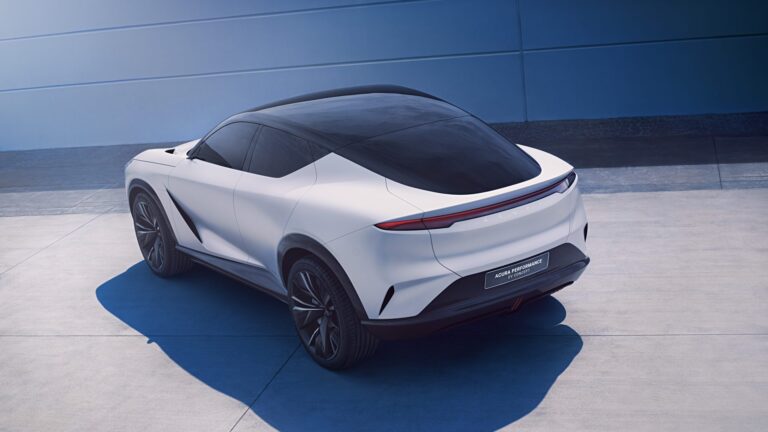The Ferrari 12Cilindri offers a more relaxed driving experience than its predecessor, the 812 Superfast, largely due to the presence of the SF90 Stradale in Ferrari’s lineup. Now, we have the opportunity to experience it in convertible form—what Ferrari refers to as the Spider.
The 12Cilindri Spider is the open-top version of Ferrari’s most luxurious V12 grand tourer. It is set to arrive in UK showrooms this autumn with a starting price of £366,500—before adding any optional extras, and rest assured, Ferrari retailers will strongly encourage customization.
DESIGN & STYLING
Structurally, the Spider remains closely aligned with the coupé, maintaining the front-engined V12 grand touring layout. However, significant modifications have been made to reinforce the body, ensuring it remains rigid despite the absence of a fixed roof.
Ferrari claims a 15% improvement in body rigidity over the previous 812 GTS but has not provided overall rigidity figures or a direct comparison with the coupé. Additional reinforcements—particularly around the A- and B-pillars, along with thicker sills—combine with the roof-folding mechanism to add 60kg to the coupé’s dry weight of 1560kg.
While a fabric roof would have been lighter, Ferrari opted for a hardtop. Andrea Militello, Ferrari’s head of GT exterior design, explained that a fabric top, like the one on the Roma Spider, is a “more romantic” choice, whereas the 12Cilindri’s rigid roof is “a technical roof, a shell that suits speed. You wouldn’t go to space with a soft top.”

ENGINES & PERFORMANCE
Lowering the roof enhances the experience of Ferrari’s naturally aspirated 6.5-liter V12—one of the finest engines ever made. It remains relatively quiet in standard drive modes, only reaching its full, exhilarating volume at high revs and in the sportier settings. Even past 9000rpm, its sound is rich and smooth rather than harsh.
Yet, make no mistake: this is still an astonishingly quick car. Its predecessor was called the Superfast, and that had 30 horsepower less than the 12Cilindri.
With an output of 819bhp at over 9000rpm and 500lb-ft of torque peaking at 7250rpm—long after most engines would have signed off—this car remains a performance powerhouse.
Acceleration is marginally behind the coupé’s, though only in the strictest sense. It still rockets from 0-62mph in 3.0 seconds and reaches a top speed of 211mph.
The transmission is superb, offering smooth gear changes in relaxed modes while delivering lightning-fast shifts with seamless rev-matching when driven aggressively.
Brake feel is another highlight. With by-wire braking, the pedal maintains a consistent, well-weighted feel, offering excellent modulation and confidence under heavy braking.

INTERIOR
The cabin layout is nearly identical to the coupé’s, with the primary differences being the rearward view and additional roof-related controls. It remains a two-seater with a refined yet understated design—less flamboyant than a Lamborghini’s interior, though this is not a drawback.
Paddle shifters are fixed to the steering column, leaving turn signal buttons positioned on either side of the steering wheel. Additional controls for headlights, wipers, and driving modes are also integrated into the wheel, with haptic buttons managing other driving functions. The only feature operated via the central touchscreen is the nose lift.
Speaking of infotainment, Ferrari has omitted built-in satellite navigation, assuming—quite reasonably—that anyone purchasing a car of this caliber will have a smartphone with superior capabilities.
When the touchscreen is not in use, it is designed to blend seamlessly into the cabin’s aesthetic, appearing as a discreet black panel.
The roof can be lowered in 14 seconds at speeds of up to 28mph, adding a level of convenience for open-air driving.



